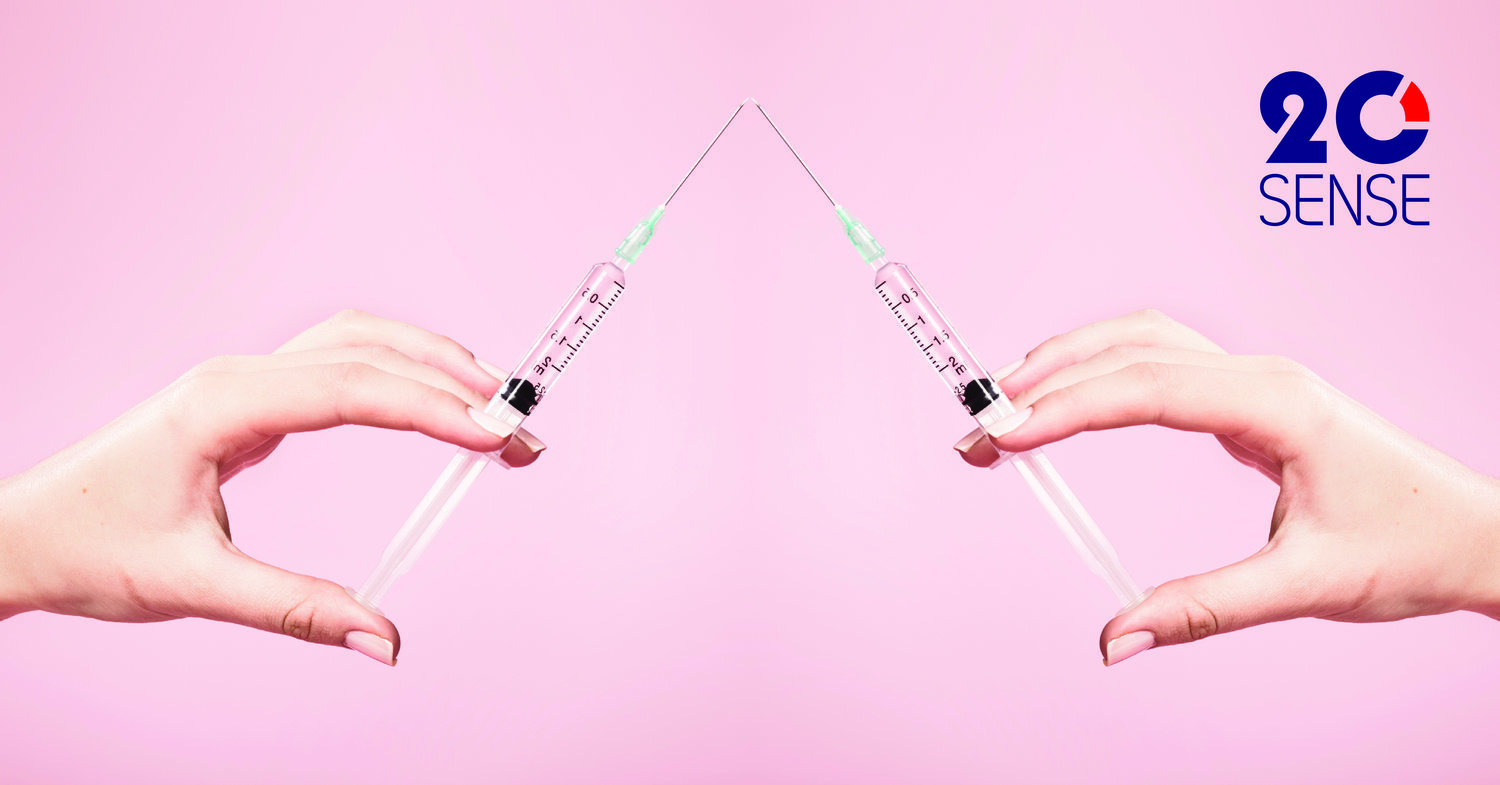Back to earth: Drug sustainability S.O.S
April 19, 2019
Depending on how old you are, you may recall shelling out serious money for a calculator—or paying a month’s salary for a desktop computer. Today, calculators cost the same as candy, and computers have shrunk dramatically in size, weight, and price.
Such price drops arise naturally from increasing demand and production efficiency in the wake of a disruptive innovation. In the pharmaceutical world, however, prices haven’t followed the expected script. Instead, costs keep spiraling upward, with no ceiling in sight. As just one of many examples, blinatumomab, a novel immunotherapy for a type of leukemia, clocks in at approximately $33,000 per month.10 And earlier this year, the province of Nova Scotia agreed to cover a man’s CAR-T treatment in Boston, valued at $900,000.11
Some of these therapies do deliver on their promise – but not all. Of the eight new medicines assessed by the Patented Medicine Prices Review Board (PMPRB) in 2016, all but one showed only a slight improvement over standard treatment.12 The “slight improvement” argument, in fact, stands behind the CADTH expert panel’s recommendation against funding the $250,000-per-year cystic fibrosis medication Orkambi.13
Such cautionary tales aside, novel therapies are rising not only in cost, but in number. According to an IQVIA forecast, the next half-decade will see an average of 54 “new active substance” launches per year, two-thirds of them specialty products.14 If this prediction bears out, specialty medicines will swallow up half of total drug spend by 2023.14 One can only imagine how costs will surge if today’s rarefied therapies find applications in more common diseases, such as Alzheimer’s. As it happens, Janssen has recently inked a partnership with the University of Pennsylvania to develop Alzheimer’s drugs based on gene therapy.15 Should this trend continue, lower-cost drugs may become the exception, rather than the norm.16
Even patent losses don’t necessarily bring costs down anymore. It used to be that low-cost generics swooped into the market following the expiry of an innovator drug’s patent. In the increasingly crowded biologic drug space, however, stakeholders have been slow to accept the lower-priced biosimilar molecules, and many patients remain on the costly originator drugs.17 What’s more, the price breaks on biosimilars have not approached the deep discounts seen with generics.
And here’s an uncomfortable thought: if these new “super drugs” help people survive cancer and live longer, these same people may well develop other diseases along the way—diseases that will require more expensive drug treatment. Who will pay for all this? While the ferment of innovation in our midst is cause for celebration, our system cannot bear these spiraling costs.
This matter has not escaped our policymakers’ notice. In stakeholder discussions about the proposed national pharmacare program, affordability ranks as a top concern. The PMPRB, for its part, has proposed new rules that would bring down Canada’s per-capita drug spend, which exceeds that of all other industrialized nations except the US and Switzerland.18 Estimated implementation timeline? Early 2020.18 Understandably, these looming changes have caused some concern among stakeholders. With cost pressures bearing down on all points along the delivery chain, pharmacy wholesalers, specialty pharmacies, distributors—not to mention drug manufacturers themselves—could all take a financial hit if the pie gets smaller.
Can we continue to pay for treatment so costly that other health services may need to be dropped? It’s the elephant in the room and we can’t dodge it forever. We need to find the sweet spot that marries best patient care with the realities of our healthcare system. But how? While manufacturers deserve fair compensation for the risks and costs of developing specialty medications, we need to look the pricing and sustainability issues square in the eye. What other choice do we have, really?
References
10.Blackwell T. Drug Money. National Post. Accessed March 12, 2019 at https://nationalpost.com/features/cancer-drug-money
11.Fraser L. Nova Scotia agrees to cover man's $900K cancer treatment in Boston. CBC News, Jan. 10, 2019. Accessed March 2, 2019 at https://www.cbc.ca/news/canada/nova-scotia/cancer-treatment-boston-1.4972319
12.PMPRB Meds Entry Watch. 2017. Accessed March 7, 2019 at http://www.pmprb-cepmb.gc.ca/CMFiles/NPDUIS/NPDUIS_MedsEntryWatch_2017_e.pdf
13.Grant K. Committee recommends against funding $250,000-a-year Orkambi cystic fibrosis drug. Globe and Mail, Oct. 4, 2018. Accessed March 7, 2019 at https://www.theglobeandmail.com/canada/article-committee-recommends-against-funding-250000-a-year-orkambi-cystic/
14.The Global Use of Medicine in 2019 and Outlook to 2023. IQVIA Report, Jan. 29, 2019. Accessed March 2, 2019 at https://www.iqvia.com/institute/reports/the-global-use-of-medicine-in-2019-and-outlook-to-2023?utm_source=linkedin&utm_campaign=&utm_medium=spredfast&utm_content=sf98162680&sf98162680=1
15.Terry M. Janssen and MeiraGTx Sign $440 Million Deal to Develop Gene Therapies for Eye Diseases. Biospace, Jan. 31, 2019. Accessed March 2, 2019 at https://www.biospace.com/article/janssen-and-meiragtx-sign-440-million-deal-to-develop-gene-therapies-for-eye-diseases/
16.Crowe K. The price of Canada’s top-selling patented drugs has increased by 800 per cent over 10 years. CBC News, Feb. 26, 2019. Accessed March 2, 2019 at https://www.cbc.ca/news/health/pharmaceutical-drug-price-orphan-drug-million-dollar-drug-pmprb-canada-1.5030288
17.20Sense Report Issue #5, July 2018. Accessed March 2, 2019 at https://static1.squarespace.com/static/58fd16af1b631b1afffae9e0/t/5b4d23991ae6cf815705b1ae/1531782045146/The_20Sense_Report_Issue_5_EN.pdf
18.Martell A, Paperny AM. Exclusive: Facing crackdown in Canada, drugmakers offered billions in price cuts. Reuters, Feb. 6, 2019.Accessed March 2, 2-16 at https://ca.reuters.com/article/topNews/idCAKCN1PV0DH-OCATP

